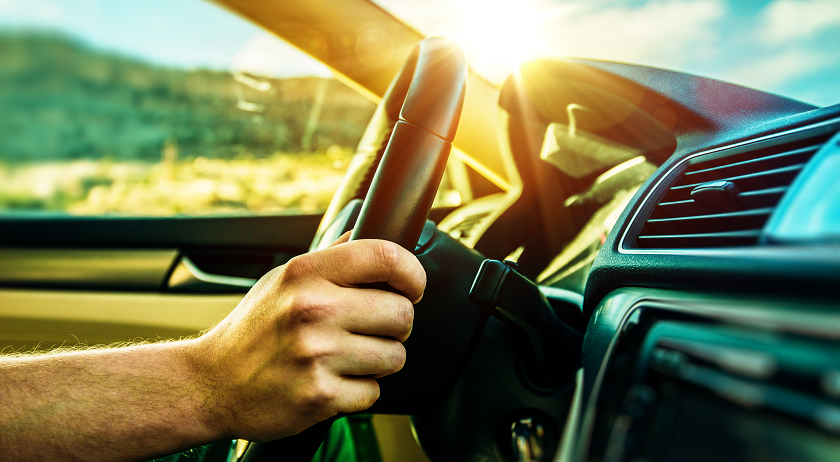
Window Tinting Provides
99% UV Protection
According to a 2007 newsletter published by Harvard Medical School, you, the average American spend 1.68 hours per day driving. Let’s assume you make it work five days a week for the next thirty years. That’s over 13,000 hours behind the wheel and a lot of potential for UV exposure to your skin via your windshield and front side windows. Window tinting can provide you with 99% UV protection your skin needs on a year round basis. The left side of your body will thank you.
Sunny days are not lacking in the in the serene Southwest.
I live in one of the sunniest cities on the planet receiving an average of more than 10 hours of sunlight per day! You could say UV protection is pretty important. The 36th parallel is home to warm climates, extended summers and brief mild winters. Most snowbirds can attest the sun is the reason they flock to states located throughout the Sun Belt.
Often times when visiting with family in San Diego, they always want to know “how do you stand the heat?” Or exclaim “I couldn’t do it!” They are of course referring to Phoenix, the current metropolitan area I inhabit which receives 81% sunshine throughout the year. Then I respond with, “Oh, it’s a dry heat so it’s not so bad.” Lie-ish. The truth is that it’s hot, sunny and we relish our air conditioning. We don’t wear enough sunscreen and forget our shades at home on the morning dash to meet Punctuality on the corner of Fresh Underwear and Well-Dressed.
Let’s Look at the Facts About UV Protection
Our capital is among three Arizona cites that make the list of the 10 Sunniest Cities on Earth, Yuma(#1) and Tucson(#6). It’s no wonder then why Arizona has more parks and national monuments than any other state. Or why we have more golf courses than Scotland. Or why Phoenix is #2 on the above list.
“Driver-side automobile ultraviolet exposure (approximately 5-fold stronger on the left than right arm) is a likely contributing factor.”
Multiple studies have been published by the Journal of the American Academy of Dermatology about automobile drivers and UV exposure. One study concluded that “both melanoma and MCC are significantly more likely to arise on the left than the right, and this effect was most prominent on the arm. Driver-side automobile ultraviolet exposure (approximately 5-fold stronger on the left than right arm) is a likely contributing factor. It may be prudent to remind individuals prone to skin cancer to take appropriate sun precautions when driving in an automobile.”
It should also be no surprise then that we have had an average of more than 7 on the UV Index Scale over the past five years. In the summer months, the reading pegs the index scale at 11+!

You see that part being able to burn in minutes! Have you ever heard of someone baking cookies in their car on the dashboard?
“But what does it all mean, Basil?” 2+2=Tint
Excess UV causes sunburn, skin aging, DNA damage, skin cancer and eye damage such as cataracts. Physicians and public health organizations both agree that we should protect ourselves from UV radiation. Sunscreen, wide-brimmed hats and sunglasses are all recommended methods of protecting yourself while you’re outside. Seek shade. What about the considerable chunk of time you spend in the car?
I’m also recommending window tinting another daily method of UV protection. Applying automotive window film your glass will reduce the UV by 99%. Not only will this have a dramatic effect on your skin’s health, but it will protect you vehicles upholstery. If your home or office windows have direct sunlight or are near reflective surfaces, such as your pool, consider applying window film to protect your furniture from fading.




